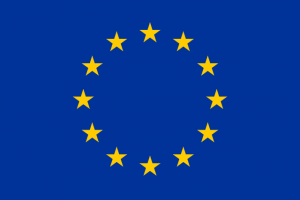011. March 2022
The four European welfare state models
The welfare state is a concept that refers to the whole set of state-directed interventions aimed at guaranteeing minimum services to the population through a system of social protection.
Its recent origins are to be found in Europe, specifically in Bismarck’s Germany at the end of the 19th century, where the foundations of the modern welfare system were created based on the principle of contributivity, which obliged workers to finance the social welfare system.
The four pillars of the welfare state
- Health care, originally based on a universal and free system, and in which formulas have been appearing in which the citizen partially contributes to financing these services.
- Social security, whose main item is contributory retirement pensions, but which also provide cover for other contingencies, such as widowhood, orphanhood or disability.
- Education, which is universal and compulsory up to certain levels and subsidised at secondary and higher levels.
- Social services, dedicated to providing assistance in situations where contributory benefits have not been reached or in aid such as dependency.
European welfare state models
Depending on different factors, such as the degree of social protection or the distribution of the weight of service provision between the public and private sectors, there are four different models of the welfare state in Europe.
Nordic model (Denmark, Norway, Sweden, Iceland, Finland)
This is the model with the highest level of social protection. Benefits are financed through contributions and the State is the main provider of services, with high quality standards.
The provision of services is usually based on the principle of citizenship, which means that access to services is more widespread.
Continental model (Germany, Austria, France, Belgium, Netherlands, Luxembourg)
Based on the contributory principle, where employees and companies pay compulsory contributions to create a welfare scheme for social needs.
It also offers non-contributory benefits and subsidies, some of which are not subject to any kind of action or commitment to reintegration into the labour market.
Anglo-Saxon model (UK, Ireland)
Social protection, both in terms of contributory benefits and welfare payments, is much more limited. They tend to cover basic needs, leaving it up to individuals to meet their needs in full.
The criteria for granting benefits and subsidies are less lax and are subject to active employability actions.
Mediterranean model (Spain, Greece, Italy, Portugal)
It is halfway between the Anglo-Saxon model and the continental model in terms of aid and the role of the State in the provision of services.
It is based on cultural peculiarities such as the presence of the family in the lives of individuals, which covers certain needs that in other models are covered by the State, such as childcare or care for the elderly.





Leave a Reply
Want to join the discussion?Feel free to contribute!